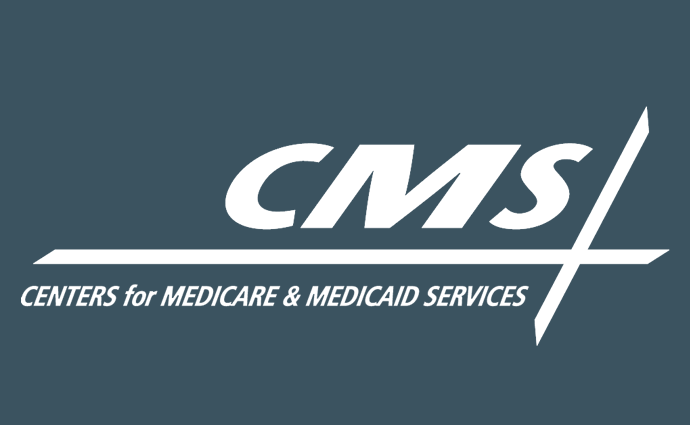CMS Finalizes Price Transparency Rule with Self-Service Tool
The price transparency final rule, known as the “Transparency in Coverage” rule, incorporates two major approaches which will go into effect between 2022 and 2024.

Source: CMS Logo
- CMS has released the final rule for price transparency in healthcare coverage, which aims to allow the public to have greater insight into healthcare costs in order to increase value.
“This final rule is a historic step toward putting health care price information in the hands of consumers and other stakeholders, advancing the Administration’s goal to ensure consumers are empowered with the critical information they need to make informed health care decisions,” the press release states.
The rule applies to most group health insurance plans as well as payers on the group and individual health insurance markets.
It requires that plans provide members with real-time access to relevant patient pricing information in a manner that is tailored to member needs and conditions.
Payers will make the information available through an online, self-service tool, including in-network rates, out-of-network charges and allowed amounts, and prescription drug pricing.
“Making this information available to the public will drive innovation, support informed, price-conscious decision-making, and promote competition in the health care industry,” the press release explains.
The rule leverages two approaches for price comparison and accessibility.
The self-service tool
Non-grandfathered group health plans—with some exceptions—and payers that offer non-grandfathered plans on the individual and group health insurance market must provide personalized out-of-pocket healthcare spending and negotiated rates data.
Payers must be prepared to provide pricing information on all health care items and services that they cover both online and in paper form, if members request it. This includes covered prescription drugs.
CMS has established a two-year timeline for this undertaking.
For plans that begin on or after January 1, 2023, the Departments will identify 500 shoppable services that the plans must include in their online, self-service tool. For plans that begin on or after January 1, 2024, however, members must be able to access pricing for all covered items and services.
Three public files on pricing
Additionally, non-grandfathered group health plans—again, with some exceptions—and group or individual health insurance market payers must offer one machine readable file that includes in-network negotiated rates, one file for historical payments and billed charges between the payer and out-of-network providers, and a third file for in-network negotiated rates and historical net prices for prescription drugs.
The second file on out-of-network bills and payments must have at least 20 entries, in an effort to maintain consumer privacy.
The data in the third file on drug pricing will be very specific, down to the pharmacy location.
The files will be updated monthly in a standard format, not only to guide members’ healthcare decision-making but also to empower researchers, employers, and third-party developers as they analyze trends and innovate solutions.
This part of the final rule will go into effect for plans that start on or after January 1, 2022.
“In this rule, HHS will also allow issuers that empower and incentivize consumers through plans that include provisions encouraging consumers to shop for services from lower-cost, higher-value providers, and that share the resulting savings with consumers, to take credit for such ‘shared savings’ payments in their medical loss ratio (MLR) calculations,” the press release adds.
Payers and providers alike have been historically aligned against this rule.
They argued that this level of transparency would not lower prices through competition. Instead, it will create a bottom price threshold.
And, in some studies, consumers agreed with the providers and payers.
If, as some leaders in healthcare predict, the price transparency rule led to higher healthcare prices, three in four adults would not support the price transparency rule.
Even the courts took action against price transparency in certain cases. In July 2019, a federal judge struck down the drug price transparency rule which required the manufacturers to list wholesale acquisition costs in their advertisements.
However, other price transparency measures have already gone into effect, CMS points out in the press release.
“This rule builds upon previous actions the Administration has taken to increase price transparency by giving patients access to hospital pricing information,” the press release states.
“The Administration has already finalized requirements for hospitals to disclose their standard charges, including negotiated rates with third-party payers. The requirements in the Transparency in Coverage final rule will reduce the secrecy behind health care pricing with the goal of bringing greater competition to the private health care industry.”
